It looks like you are trying to implement an editor where users can enter text and then generate a final image. If that's the case, you can have the text view draw directly into your graphics context by finding the layer with text and having it draw onto your current context:
[layerWithText drawInContext:UIGraphicsGetCurrentContext()];
Through experimentation, I found that layerWithText == textView.layer.sublayers[0] on iOS8. Since you're in private space though, you cannot guarantee that configuration between iOS versions. A slightly better version would be the following, though it assumes the layer and all sublayers are at the same position with no transformations. My recommendation would be to just watch that nothing breaks when new versions come out.
- (void)drawLayer:(CALayer *)layer recursivelyInContext:(CGContextRef)context
{
[layer drawInContext:context];
for (CALayer *sublayer in layer.sublayers) {
[self drawLayer:sublayer recursivelyInContext:context];
}
}
This will of capture the background of the text view if not transparent, so you may want to do the following if that is the case:
UIColor *originalBackgroundColor = textView.backgroundColor;
textView.backgroundColor = [UIColor clearColor];
[self renderLayer:textView.layer recursivelyInContext:UIGraphicsGetCurrentContext()];
textView.backgroundColor = originalBackgroundColor;
Example project: https://github.com/bnickel/SO25148857
Note: I had originally suggested renderInContext: as this renders the view's layer and all sublayers. This unfortunately appears to present a cached rasterization of the layer hierarchy. drawInContext: in contrast renders a single layer but forces a fresh drawing.

